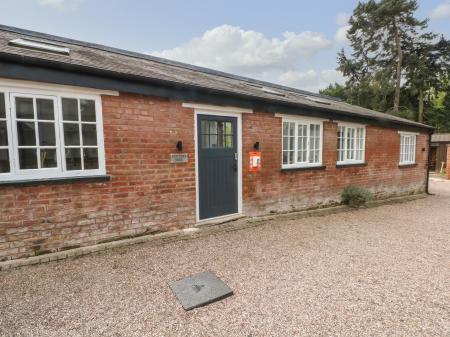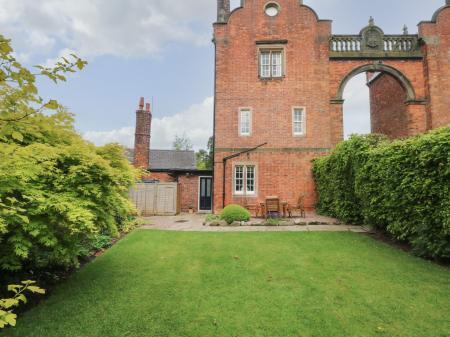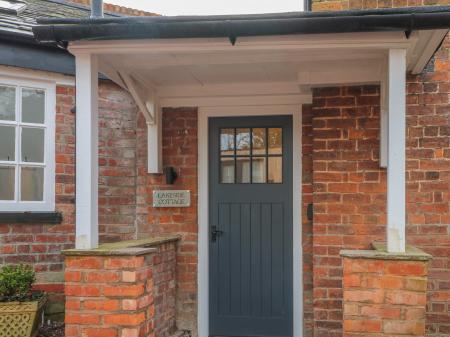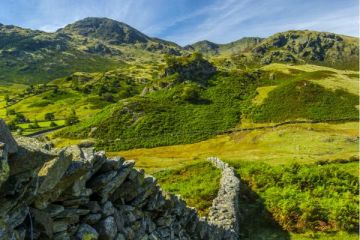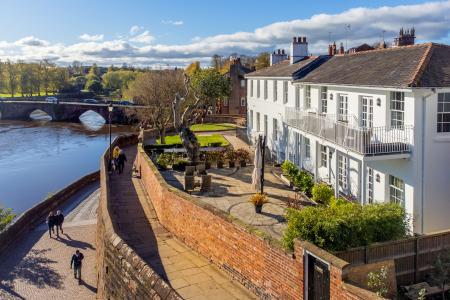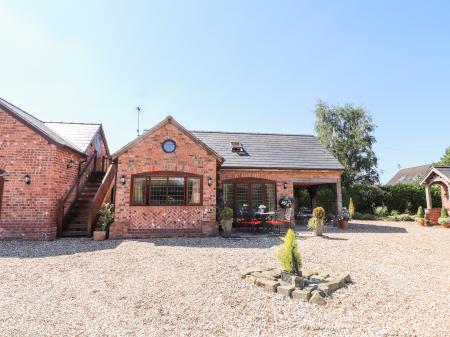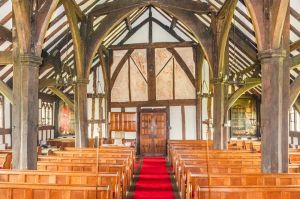
The tiny building stands on a rise of ground overlooking the traffic whizzing by on the busy A34. The main part of the church dates to 1343 when it served as a chapel. The chapel was raised to the status of a parish church in 1370.
You enter through a west bell-tower, added about 1540. The belfry is supported by massive timbers. In the belfry are two much-worn medieval effigies of knights, thought to be Sir John de Davenport and his son Vivian, who founded the church. These effigies originally stood outside in the churchyard but were later moved into the belfry to preserve them.
It is when you step into the church interior that you see why Marton is so highly regarded by church historians. The nave is supported on timber piers clustered into octagonal shapes. Over the west door is a large medieval wall painting uncovered during restoration work in 1930. This is thought to be a 'Doom' or depiction of Judgement Day, with haloed figures of Christ and the Virgin Mary above, with small figures of sinners below.
On either side of the door are two very large 18th-century paintings by Edward Penney, now restored, showing Moses and Aaron holding the Ten Commandments.








 We've 'tagged' this attraction information to help you find related historic attractions and learn more about major time periods mentioned.
We've 'tagged' this attraction information to help you find related historic attractions and learn more about major time periods mentioned.